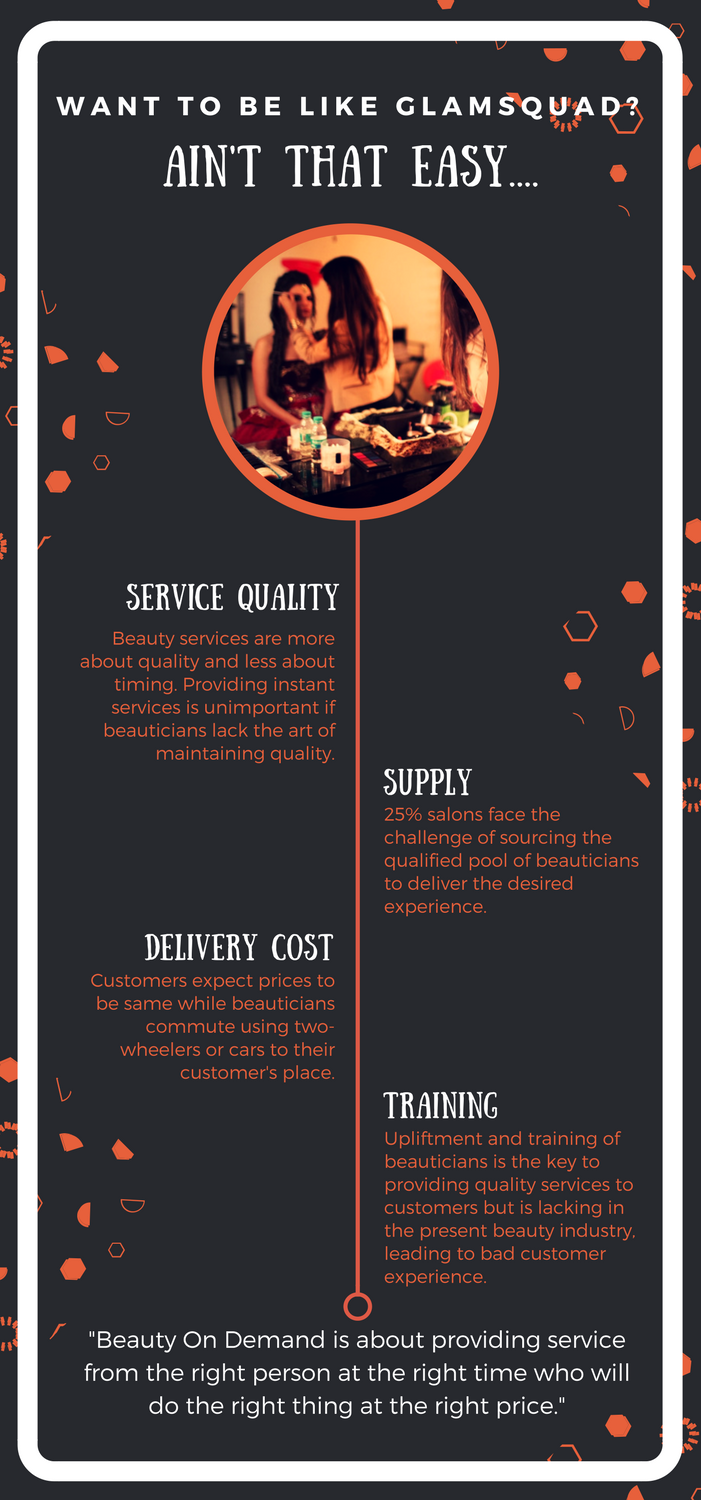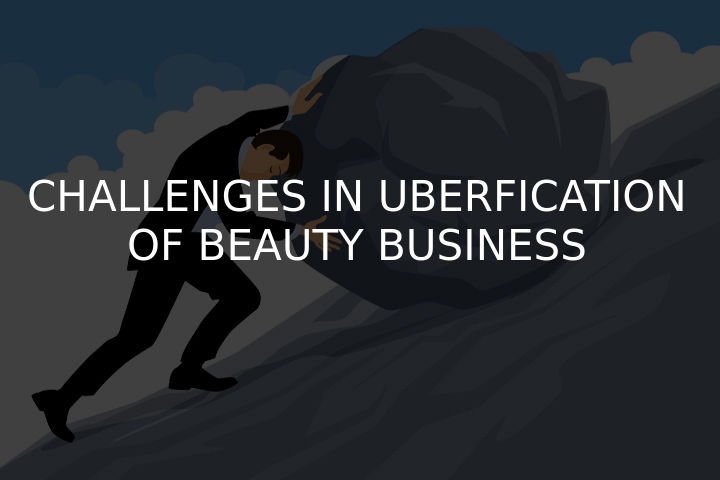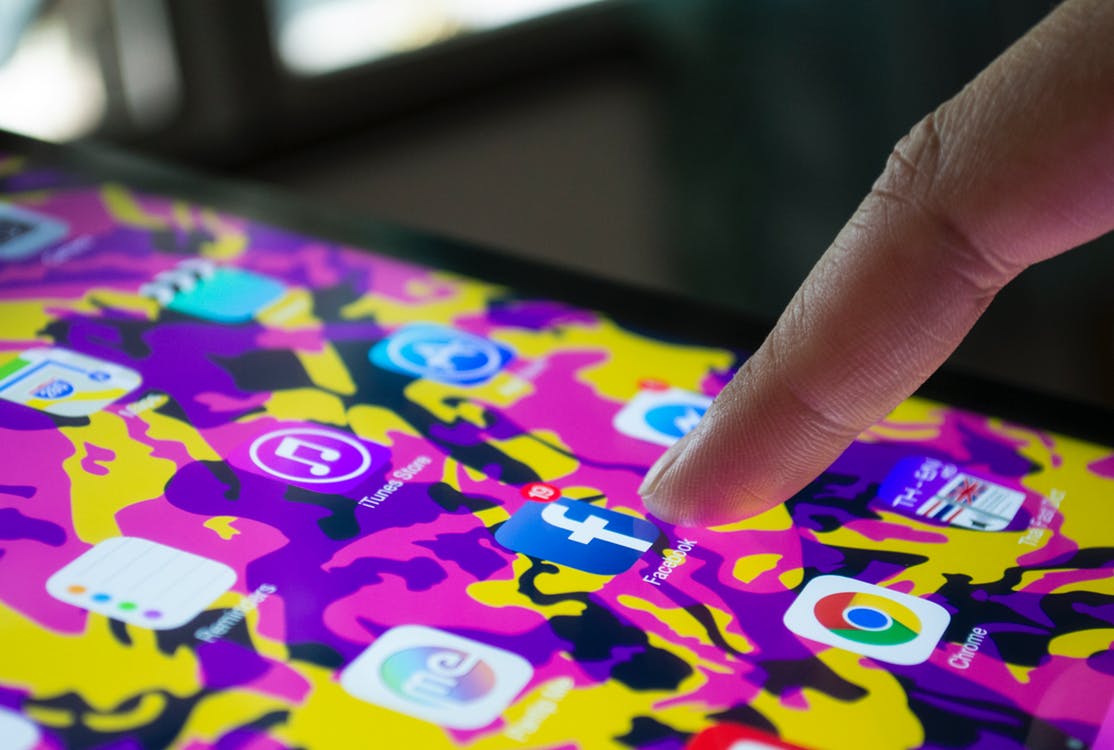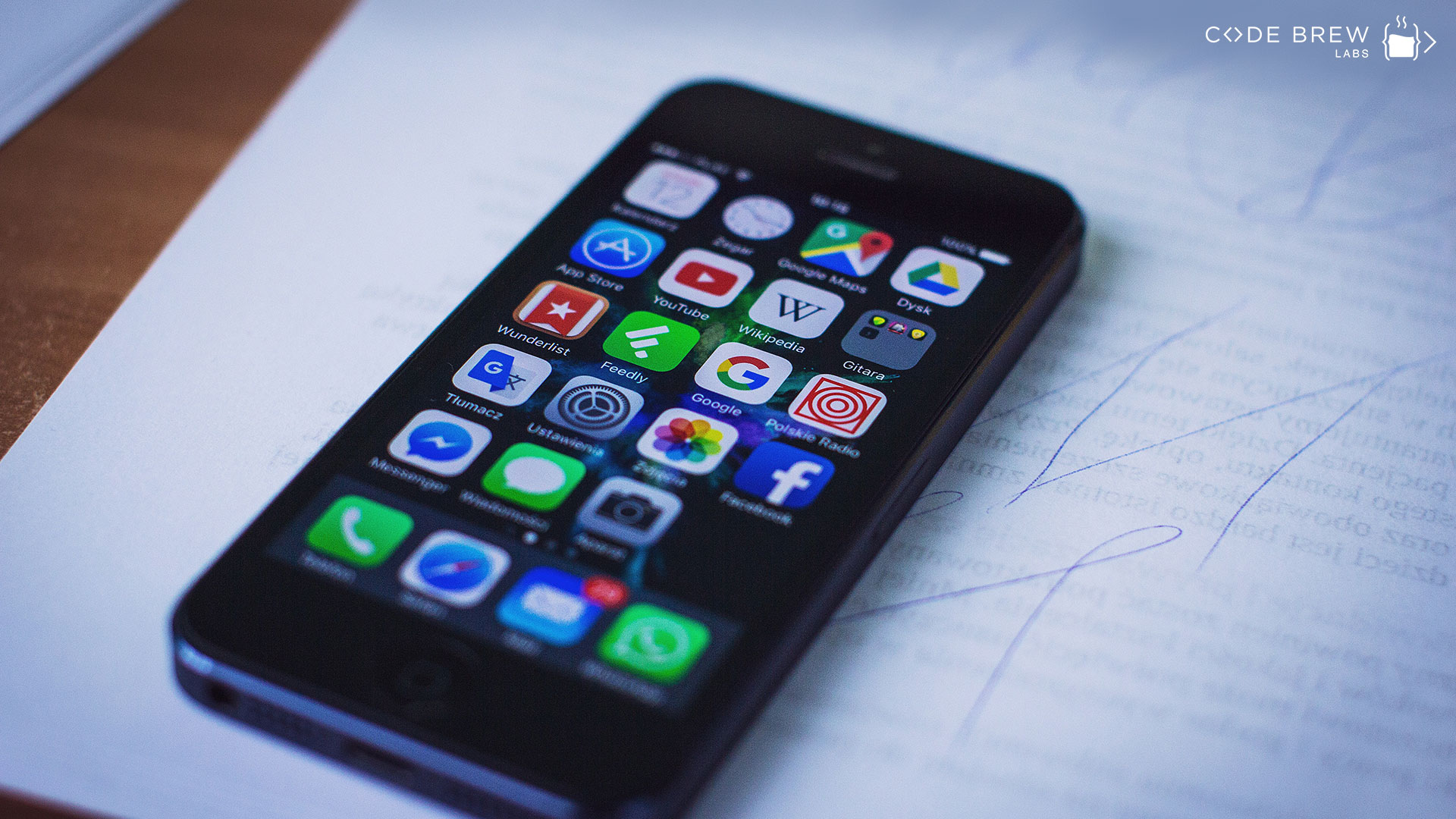In the world of on-demand economy, Uber has set basic standards and laid some ground rules. The journey from being just a taxi startup to making its mark globally, Uber has become a huge brand that people use in their daily lives. The ride hailing giant caused disruption not only in the ground transportation industry but also other industries like food, healthcare, beauty etc. Thus, the process of transforming any business into on-demand is now referred as ‘Uberification’. Extending the on-demand model to beauty vertical, we call it ‘Uber for Beauty’.
Adopting the uber for beauty model, Glamsquad took over the beauty industry to a whole new level. Booking an appointment with a freelance beautician or a professional salon is different from booking a taxi. Let us understand the flow of these two on-demand industries.

Clearly, taxi service is entirely different from mobile beauty services.
While a taxi business has its own challenges, you might need to face a lot more when you offer Beauty Parlour Services at door steps. It is still in its growing years and until, technology completely takes over the beauty industry in a few years, let us analyse what other factors are responsible for failure of beauty startups.
The Least You Should Deliver Is: Best
Beauty on-demand can only thrive on the pillars of good quality services. Different beauty services are judged using different parameters. For an instant, hair cut results can be seen just when the beautician is done with it. On the other hand, facial results would appear a bit later, probably when the beautician has left. In case of bad service, say the facial led to rashes and pimples on customer’s face, you cannot offer to replace the service with a better one, the way it is in case of food. Thus, quality services will ensure a strong online reputation of beauticians as well as salons. No wonder, Glamsquad uses the best professionals to maintain its excellent reputation across the world.
Customer’s Favorite Beautician Is Not Always Available
Favoritism in beauty industry is completely justified. It is because of the simple human fact that you do not feel comfortable with everyone. Based upon the rapport, customers choose to open up about their beauty struggles with selective beauty professionals. Thus, customers tend to book the same professionals for each time. However, this becomes a challenge in on-demand model.
Saran Chatterjee, CEO, Housejoy has very rightly said, “There is always the challenge of availability and reliability of service providers and the quality of work they provide. Firstly, you don’t find them when you need them. Secondly, you cannot be entirely sure whether they will show up or not at all and lastly, the quality of their service may be subpar.”

Dealing with the 21st century customers
Living upto the expectations of modern customer is quite impossible. They want your services at their doorsteps but they don’t want to pay extra. This affects the unit economics, thus questioning the sustainability of beauty startups.
Not everyone can be a beautician
Beauticians need to pursue special training and upliftment workshops for mobile beauty services. Not just quality but making sure if the customer is safe with a beautician at home is equally important. Thus, skill development and behavior training should be an important factor for any beauty service provider that offers online services.

Undoubtedly, Uber for beauty model is promising. That being said, the not so techy people are still struggling to get hold of things. Salon businesses, being unaware about the buzzing on-demand technology, rush into launching their beauty app and fail in the first year itself. Take an evaluated step into the online business.
Consult with our technology experts and let us uberify your business while you beautify people’s lives.






